Interior design. Renaissance
Renaissance style, Renaissance style brought freedom to the culture and art of Europe and the belief that nature has endowed man with limitless possibilities, is of great importance.
For the first time in almost many centuries, a person becomes a creator of beauty and a free wanderer who wants to see and feel the world that surrounds him. Man is again ready for countless discoveries and daring decisions.
This style also influenced the interior design, which became characterized by large rooms with rounded arches decorated with carved wood, the value and obvious independence of each of the details is one whole.
The Renaissance, which followed the Gothic, did not inherit its popularity among contemporaries. Maybe the aesthetics of the Renaissance is too reasonable and harmonious for the architecture of today, which prefers sophistication and asymmetry of forms. The principles of the construction of the entire space and the techniques of decoration, which are used in the Renaissance style, are quite universal and can be confidently applied at any time to solve various artistic problems. It is noteworthy that in the Renaissance there was a tendency to decorate the interior with a fresco.
The decor, which uses spatial painting, optically expands the space of the room, making it very dynamic and light. Against the background of decorative splendor, the decor of ordinary interiors is very stingy. Large windows with wide slopes resembling picture frames significantly change the whole character of the interior, flooding it with sunlight and decorating it with a spring landscape.
Interior design in Renaissance style is a special clarity and purity of compositional solutions that are so characteristic of this style.
The brightness fills the whole space with air, which, as a rule, is most often symmetrical. it requires the observance of deep perspectives, proportions, harmonious forms. The interior space is characterized by vaulted ceilings, smooth lines, repeated in numerous rounded niches.
The construction of a symmetrical composition comes from the central element, which plays the role of an axis in all this symmetry. One of these elements may be a fireplace, which is both formally and psychologically in the center of attention.
The picture is complemented by profiled cornices and interesting fragments that look a little heavy. But even though the solemnity was to some extent characteristic of the Renaissance, this slightly magnificent decoration should most likely be attributed to its late period, in which Baroque trends were already emerging.
The basis of the architectural idea of the Renaissance is the rule of the golden section, reflected in the harmony of the forms of cornices and columns, as well as pediments and pilasters. A mandatory attribute of this style are candelabra and the ubiquitous cupid.
Plaits and festoons, various arabesques and cartouches, griffins and lion heads are often used. For the manufacture of accessories for Renaissance—style interiors, exotic woods, walnut and light oak are used, as well as sandstone stone, as well as very expensive ivory, marble and various types of natural stones are no less popular. The colors are very different – from dark and very bright to light and pastel tones, including white.
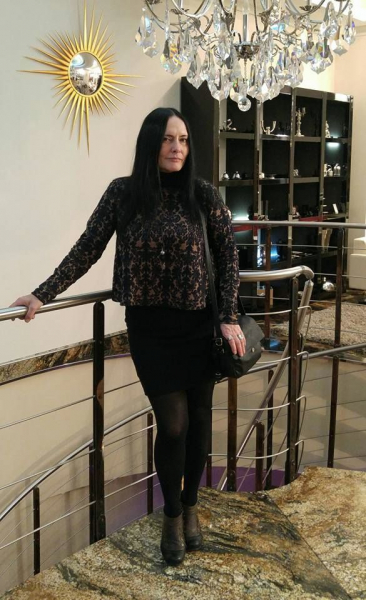
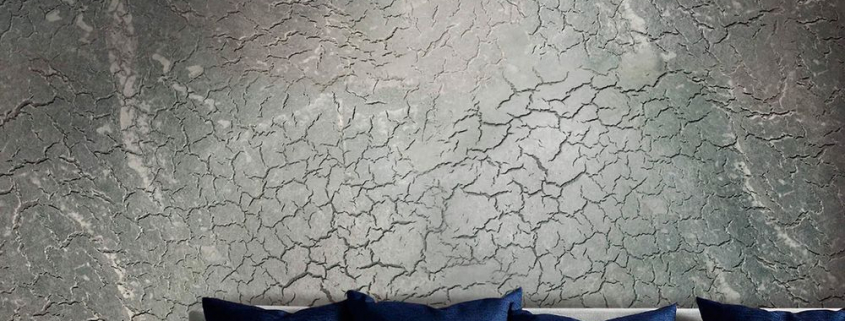
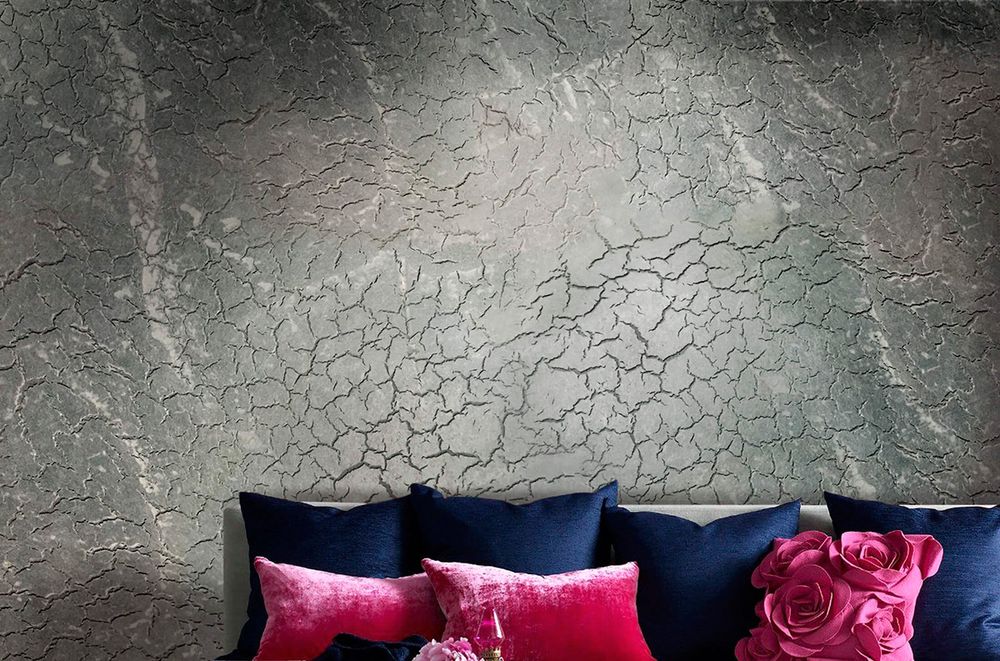
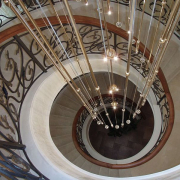
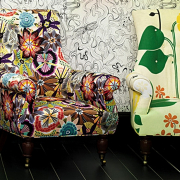
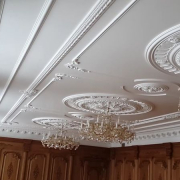


Leave a Reply
Want to join the discussion?Feel free to contribute!